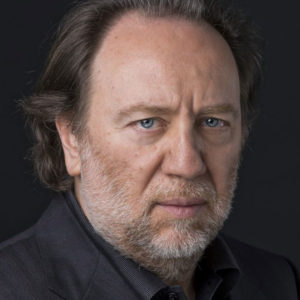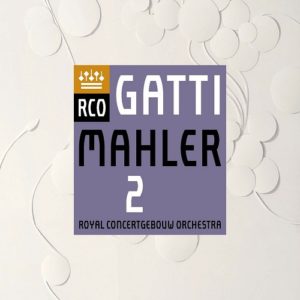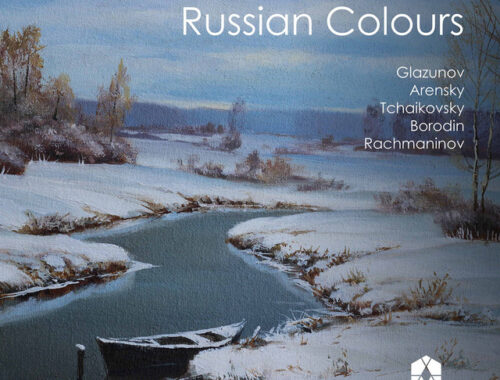GRAMOPHONE: From Where I Sit – April 2019
 Last month’s comprehensive celebration of Riccardo Chailly (not least his four decades at Decca) has prompted me to reflect on a number of personal encounters and to think again about the very particular qualities that make this most personable and gracious of maestros precisely who he is. Neil Fisher’s lunchtime encounter chimed with my own experiences on so many levels: the desire (and passion) to share, not just food (the natural accompaniment to any serious discourse with this thoroughbred Italian) but ideas, scholarship, and musical theories, both tried and as yet untested.
Last month’s comprehensive celebration of Riccardo Chailly (not least his four decades at Decca) has prompted me to reflect on a number of personal encounters and to think again about the very particular qualities that make this most personable and gracious of maestros precisely who he is. Neil Fisher’s lunchtime encounter chimed with my own experiences on so many levels: the desire (and passion) to share, not just food (the natural accompaniment to any serious discourse with this thoroughbred Italian) but ideas, scholarship, and musical theories, both tried and as yet untested.
Unusual among maestros who often prefer to occupy the higher ground when sparring with even the best informed journalists Chailly assumes an equal knowledge from which a stimulating debate can evolve. He delights in presenting his own insights but equally he wants to hear yours. In other words it’s no fun simply to hold court. The ego referred to in Fisher’s piece is born of intellectual rigour and challenging debate is at the heart of it.
It all began for me in Bologna when Chailly was setting down his 1989 recording of Verdi’s Rigoletto with Nucci, Pavarotti, and Anderson. I was present at the sessions on behalf of Gramophone and in addition to a guided tour of the town he was calling home at the time I recall an exercised discussion about operatic performance traditions in Italy and the stylistic interpolation of showy high notes of which that recording is lavishly adorned. This was especially provocative as the then incumbent music director of La Scala (Riccardo Muti) was very much a purist in these matters.
But it was Mahler who really cemented the trust between me and Chailly and I can still recall my surprise at an answering machine message expressing delight at certain specifics in my review of a live performance of the First Symphony. It couldn’t have mattered less to Chailly that interacting with a critic was in general something to be discouraged or even frowned upon.
More extraordinary – though typical – was an informal lunch just prior to a live performance with the LSO of Mahler’s extensive sketch for the first movement of his Second Symphony: Totenfeier. Chailly was fascinated by the absence (rare in Mahler’s case) of clear directives in the score of that movement and it was I who then came up with the suggestion that maybe that was why Otto Klemperer’s famous recording of the Second Symphony so pointedly ignored Mahler’s precise markings relating to tempo and expression in the finished first movement – especially the dramatic molto pesante leading into the sequence of dissonant chords at the climax of the development. Klemperer had, after all, been actively involved as assistant conductor in an early performance of the symphony and will have studied Totenfeier.
Chailly’s excitement at this ‘revelation’ now fell into the category of what he described in Fisher’s piece as ‘reinterrogating scores’. There is no ritardando marked before that crushing sequence of discords and the sudden redoubling of weight and subsequent jamming on of the brakes at the molto pesante is so hard to pull off that few even attempt it. That evening Chailly did and it has been a feature of his Mahler 2 ever since.
Learning, discovery, knowing the unknown, will always come before ego in Chailly’s universe.




